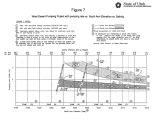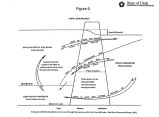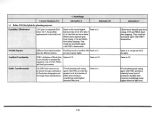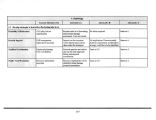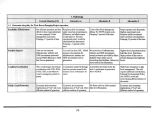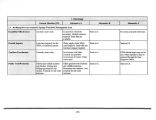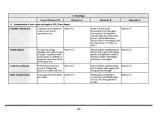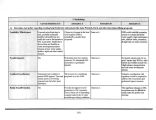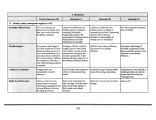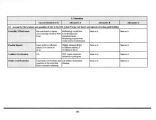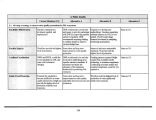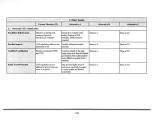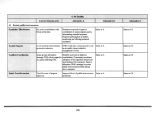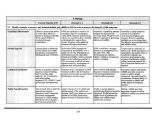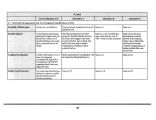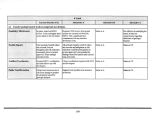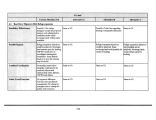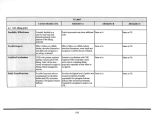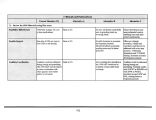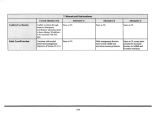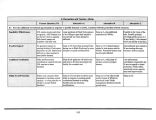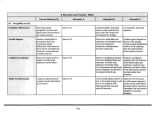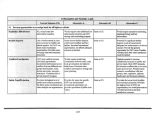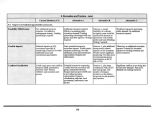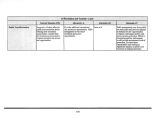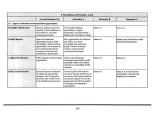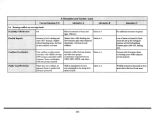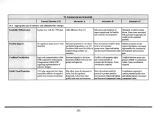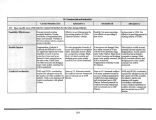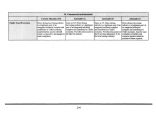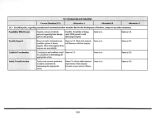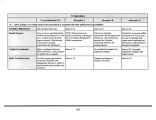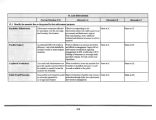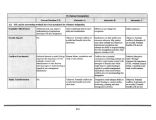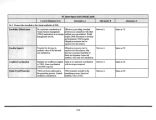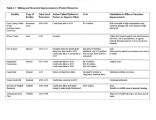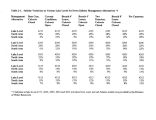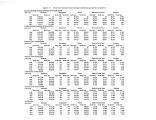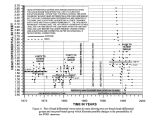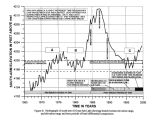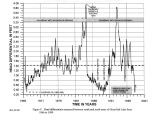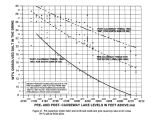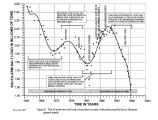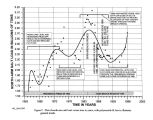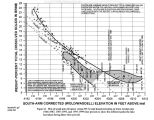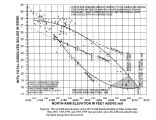| OCR Text |
Show study other factors whose interactions and variability are less known, such as nitrogen, water transparency, temperature, brine shrimp harvesting, algae, diatoms, other primary producers, invertebrates and their interactions. ( SRC, 1999c) Diatoms are often used as bio- indicators of environmental change ( Dixit et al., 1992) and are well preserved in lake sediments. They can be used to indicate past environmental conditions ( Moser et al., 1996). Other past limnological variables can be inferred from the sediment record. This makes diatoms a powerful and robust tool for ecosystem management. However, this information is either limited or not available at this time. ( SRC, 1999c) The physical, socioeconomic and biological/ ecological subsystems and their resulting interactions describe one approach to investigate the implications of salinity and human impacts on GSL ecosystems. The economic and political reality in the context of GSL " ecosystems" planning is that the railroad causeway is a human- induced change that is altering the function of GSL ecosystems. Brine shrimp populations are declining in both the south arm ( low salinity and south arm industry concerns) and the north arm ( high salinity). The northern railroad causeway has restricted natural lake hydrodynamics ( lake circulation, level and salinity or the movement of fluid with in the lake) to a point at which environmental conditions have been noticeably altered ( See " Appendix H" and " Appendix I.") changing conditions, economic and other human- induced change. The planning team believes that the GSL brine shrimp population is an indicator of the overall condition of the lake and reflects the socioeconomic factors related to recently observed salinity trends. Economic, political and environmental factors will be considered in view of ecosystem sustainability and health. Great Salt Lake Ecosystem Management The main ecosystem driving forces, lake level and salinity, are an integral part of the lake's ecosystems. DNR intends to allow for as much natural lake level fluctuation as reasonably possible to enhance ecosystem processes. It is also important to recognize when human- induced impacts are altering or restricting lake hydrodynamics and the ability of the lake to exist as a natural body of saline water. Existing jurisdictional boundaries limit the ability of DNR and its divisions to consider GSL ecosystems beyond the meander line and champion or monitor GSL ecosystems. It is the intent of DNR to change this situation by improving coordination among the different divisions that have management authority on the lake. It is the role of this planning effort to initiate in- house collaborative coordination to resolve long- standing issues, integrate GSL management policies and to help determine gaps in information that require research or monitoring for this A " focus species" is a species that for several reasons is a compass of 108 |


















































